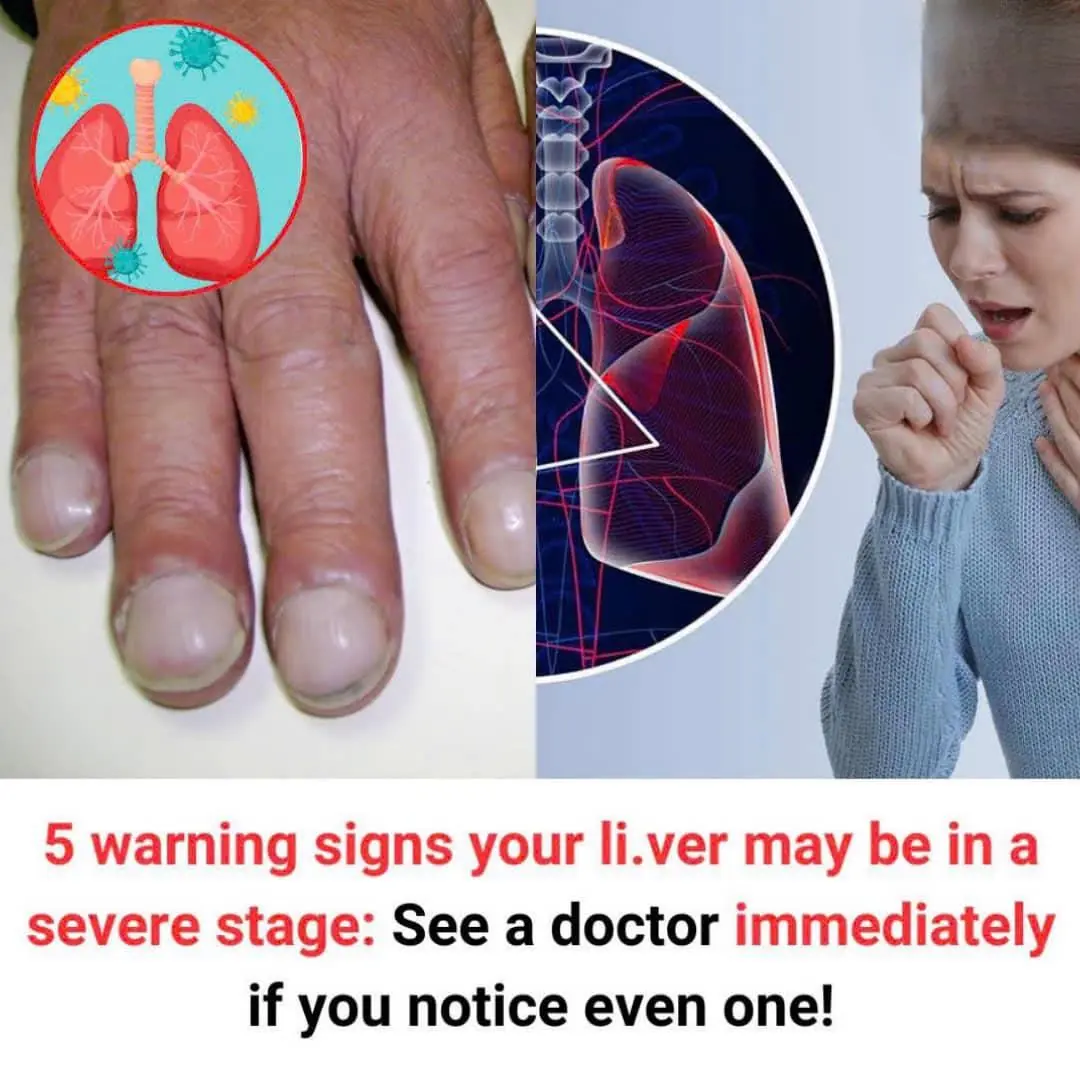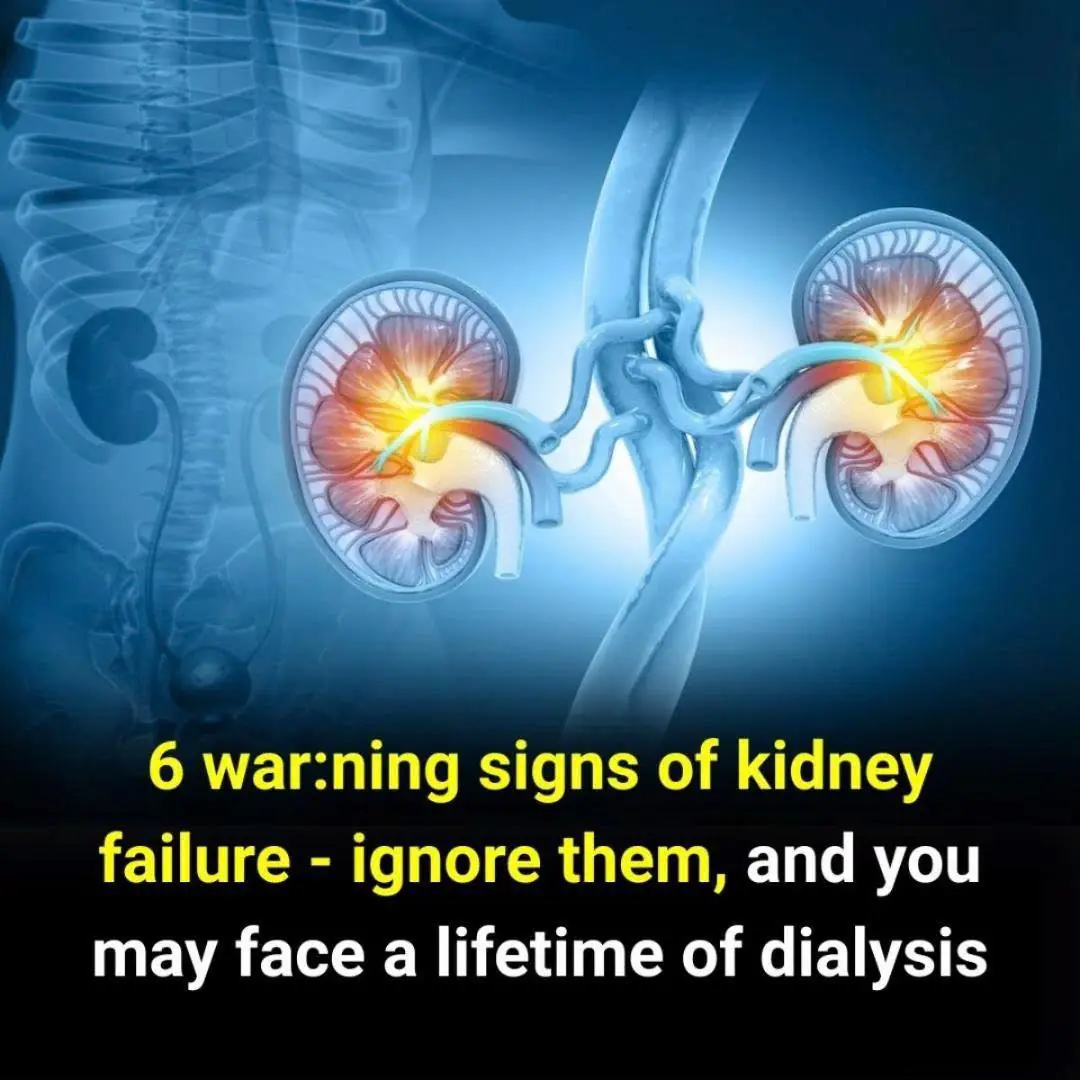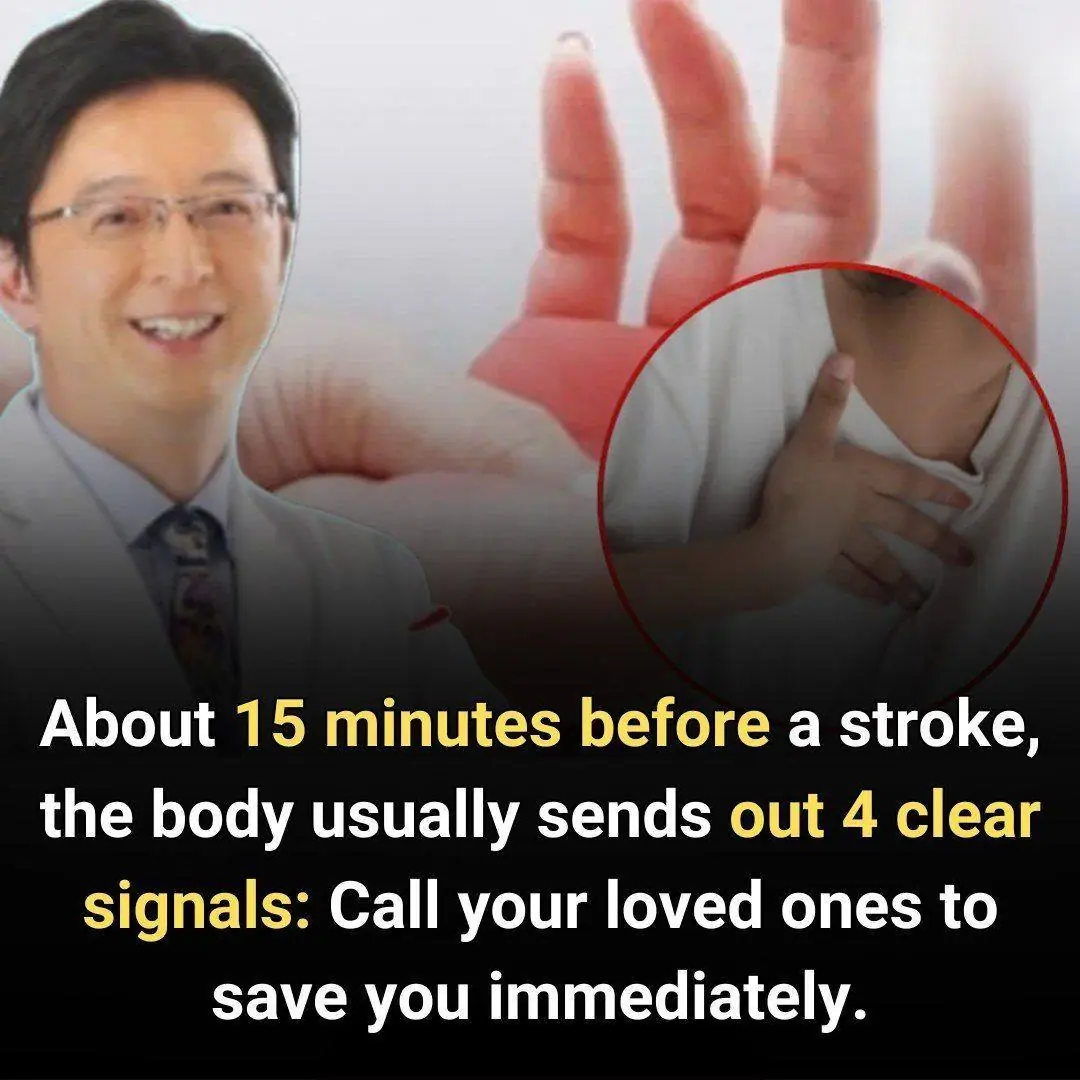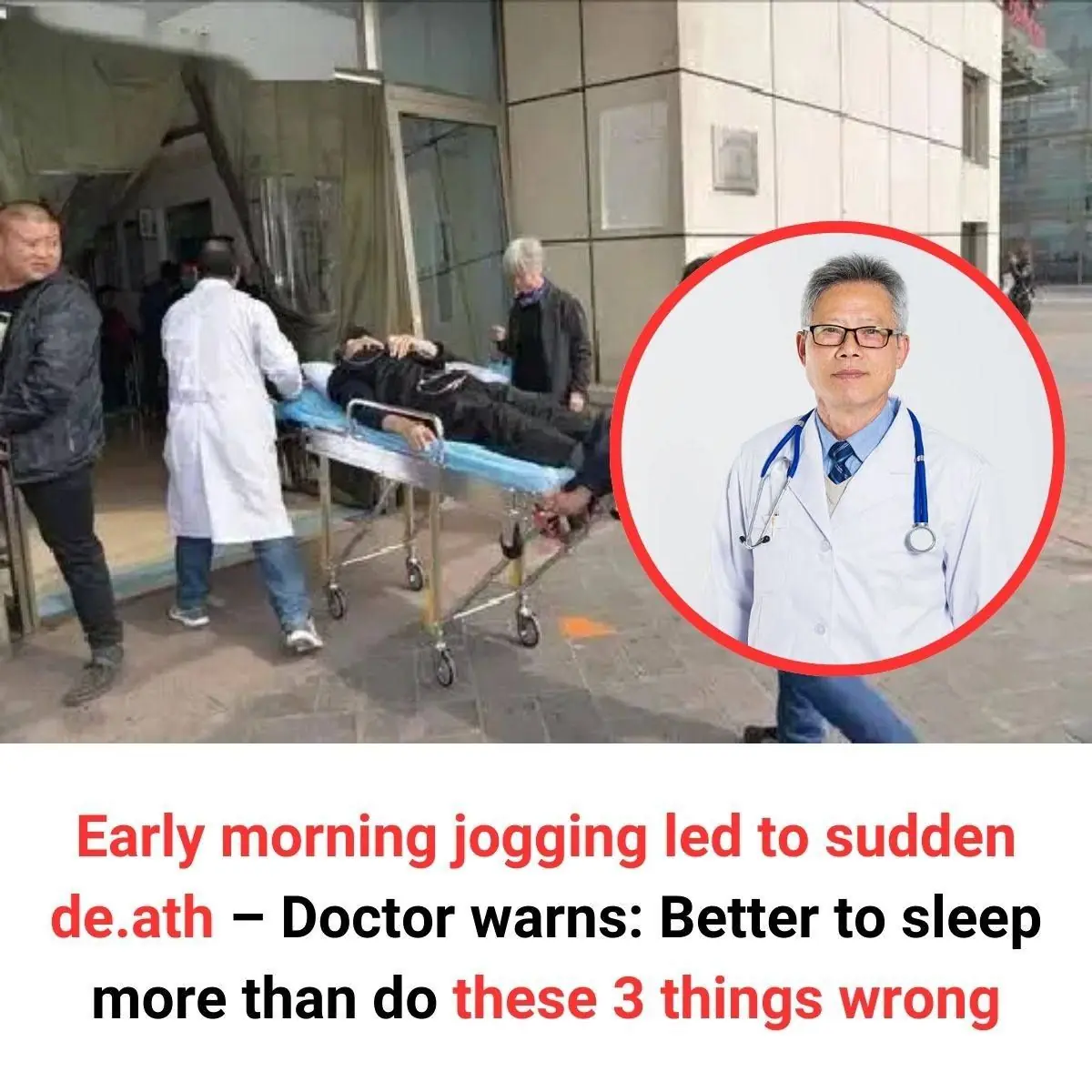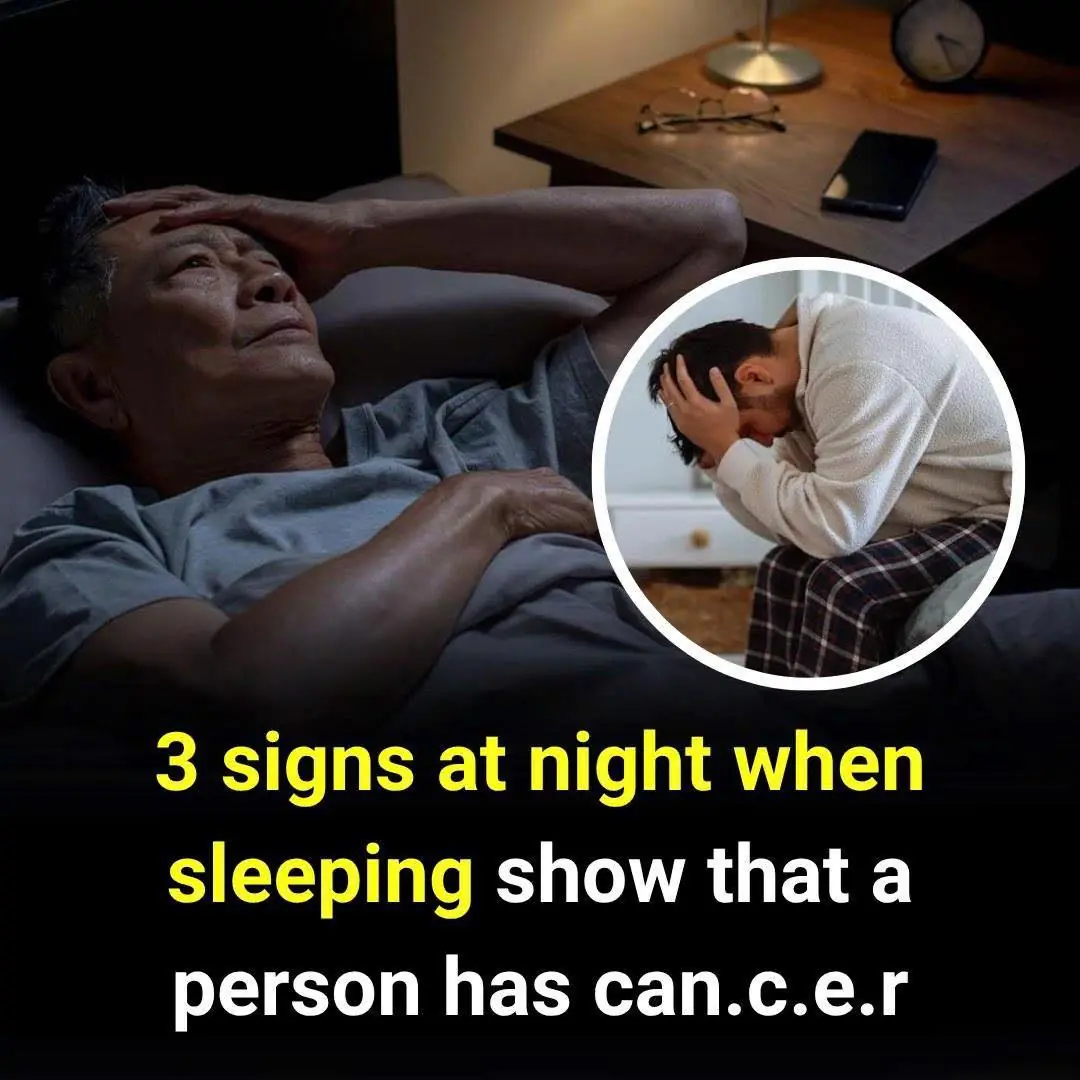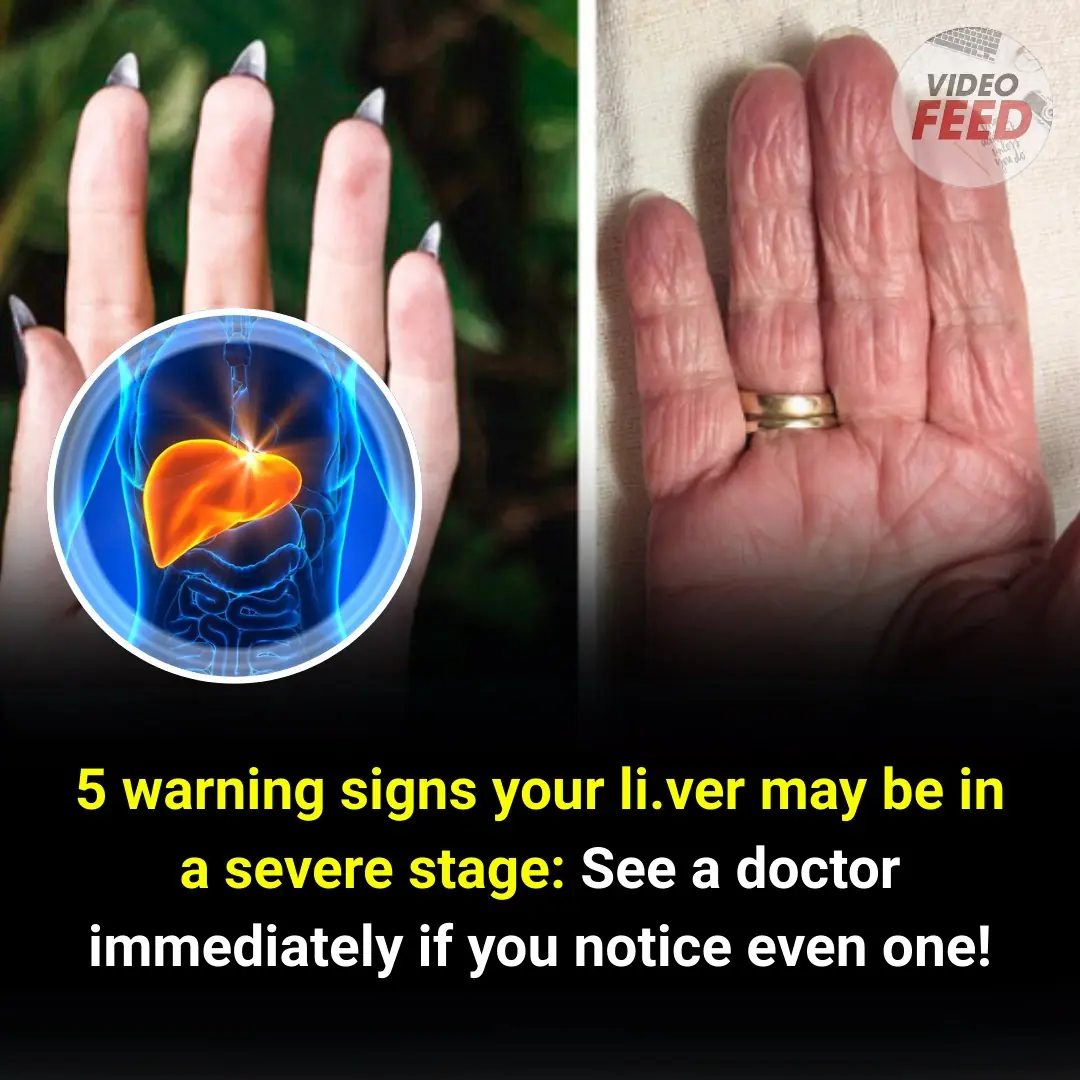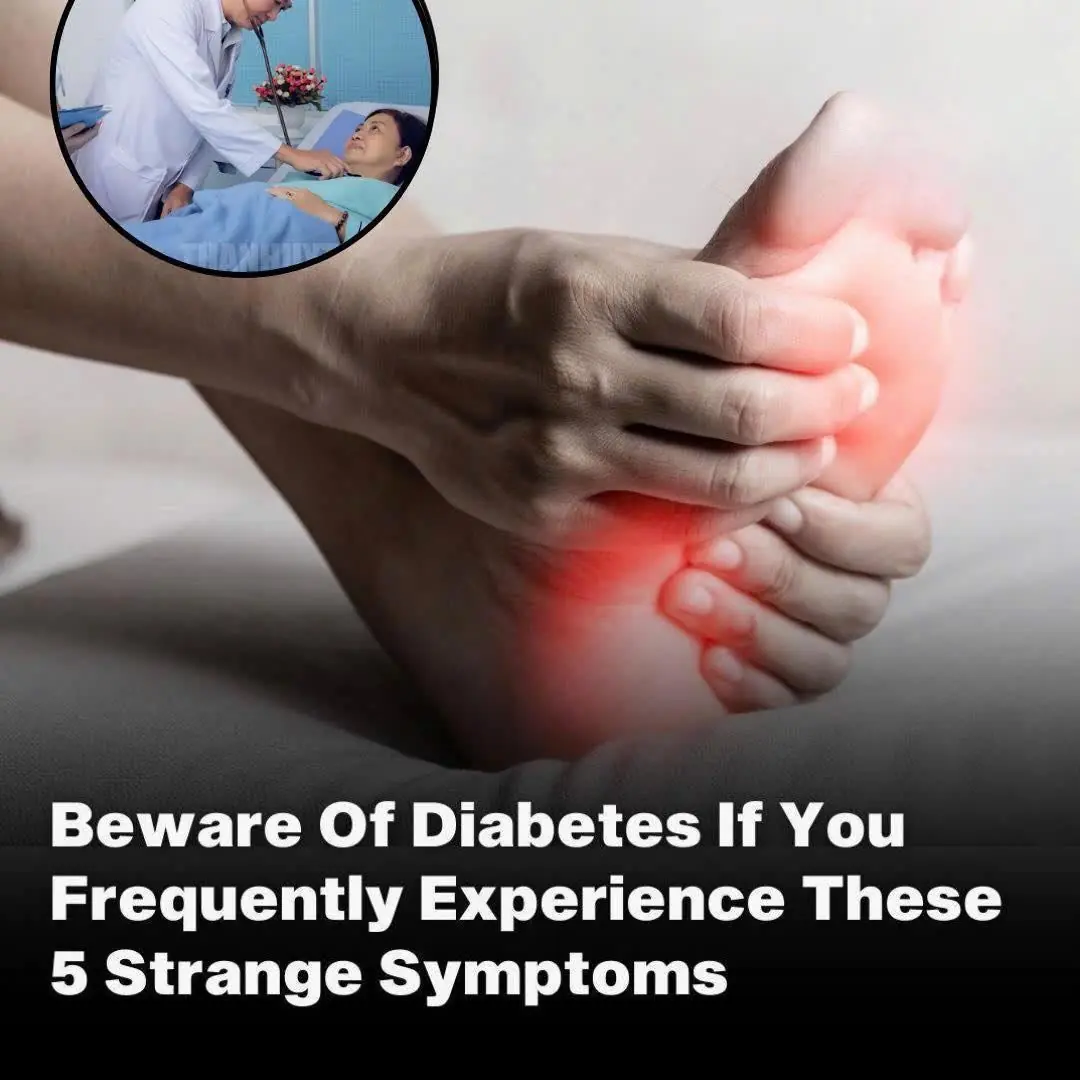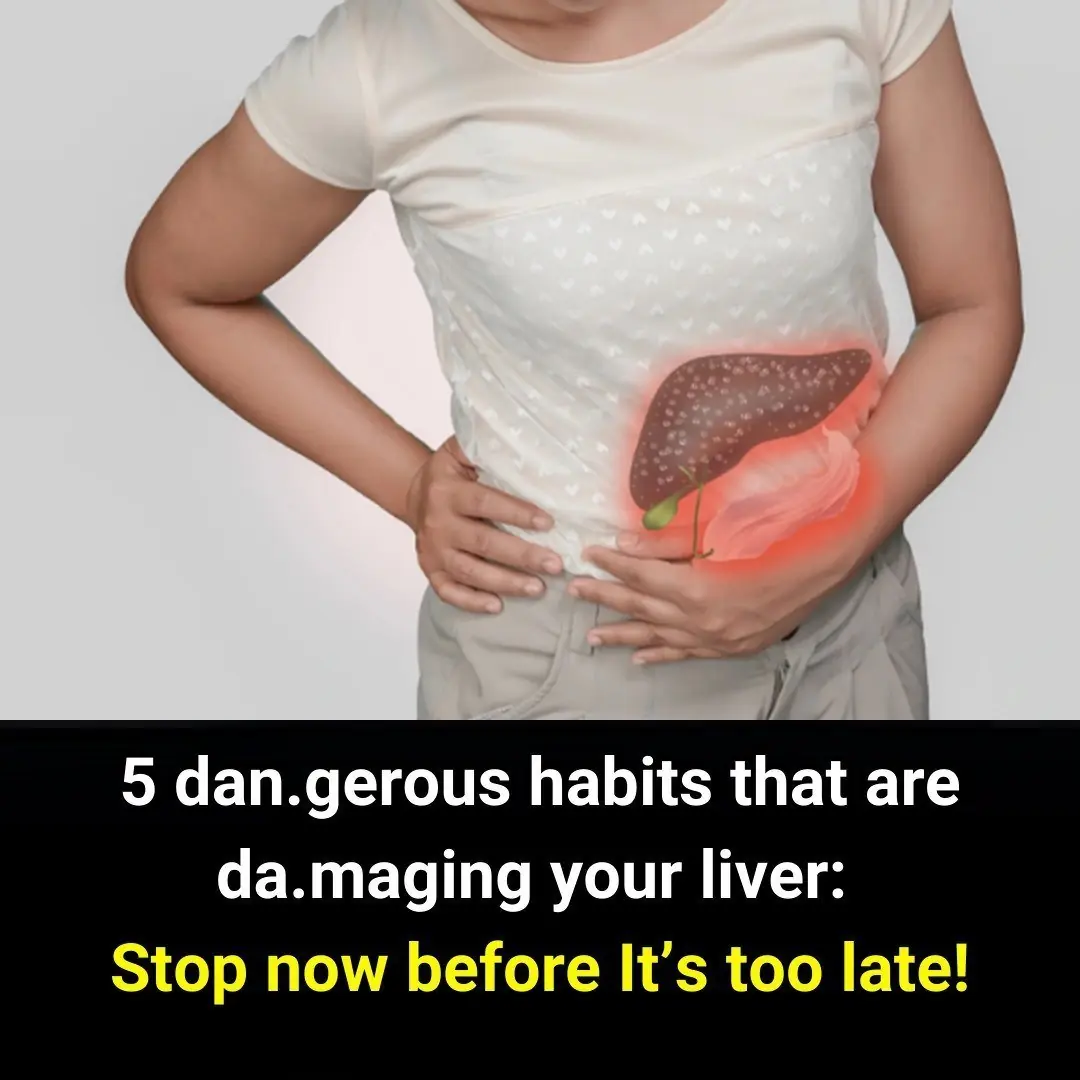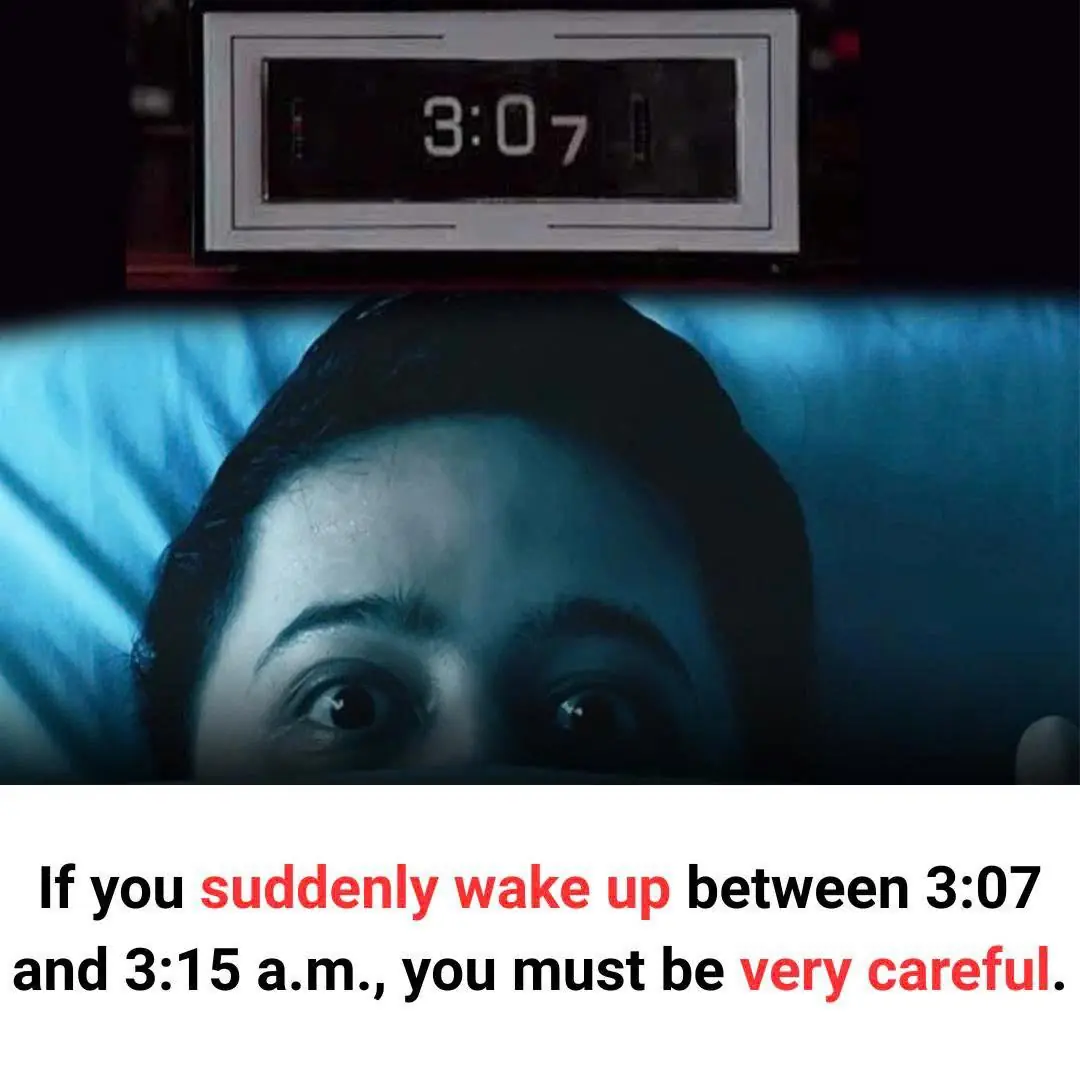A stroke can strike suddenly, but in some cases, the body issues subtle alerts just before the event. Recognizing these signals can mean the difference between timely treatment and irreversible damage. While medical emergencies demand immediate action, being aware of potential pre-stroke signs—especially those appearing within a very short time window—can help save lives.
Understanding the Window: Why Minutes Matter
Strokes happen when blood flow to part of the brain is interrupted or reduced, either by a clot or bleeding. Without oxygen, brain cells begin to die—rapidly. That is why the phrase “time is brain” is so crucial in stroke care. Every minute counts in minimizing damage and improving outcomes.
Emerging evidence and anecdotal observations suggest that, in some cases, individuals may exhibit subtle signs just 10–15 minutes before a stroke. Although these are not definitive predictors, they can serve as important early alerts if they appear suddenly and cannot be explained by other causes.
1. Sudden Onset of Dizziness or Balance Difficulty
One of the earliest warning signs before a stroke can be severe, unexplained dizziness or a sudden loss of balance. This may feel like lightheadedness or vertigo, even when lying still. It reflects the brain’s impaired ability to coordinate movement, often indicating circulation problems in areas controlling balance and coordination.
Action: If you or someone else suddenly becomes dizzy without an obvious cause—especially when accompanied by other symptoms—seek medical help immediately.
2. Sharp or Unusual Headache
A sudden, severe headache—sometimes described as the “worst headache of my life”—can signal an impending hemorrhagic stroke. While not all strokes begin with pain, an abrupt, unexplained headache paired with other concerning symptoms should be treated as a medical emergency.
Action: Do not assume a headache is just a migraine. If severe and sudden, call emergency services right away.
3. Acute Numbness or Weakness—Especially on One Side
A rapid onset of numbness, tingling, or weakness on one side of the body—affecting the face, arm, or leg—is a hallmark sign of an ischemic stroke (caused by a clot). These symptoms may begin subtly but escalate quickly, sometimes becoming severely limiting within minutes.
Action: Perform a quick “FAST” check:
-
Face: Ask the person to smile. Does one side droop?
-
Arms: Ask them to raise both arms. Does one drift downward?
-
Speech: Ask a simple question. Is their response slurred or odd?
-
Time: If any sign is positive, call 911 without delay.
4. Sudden Vision Trouble or Confusion
Visual disturbances—such as blurry vision, double vision, or temporary loss of sight in one eye—can appear about 15 minutes before a stroke. Similarly, sudden confusion, trouble understanding speech, or a feeling of being mentally “foggy” may also emerge.
Action: Sudden vision or cognitive changes should trigger immediate evaluation, even if the symptoms seem to resolve quickly.
Why These Signs Occur
The areas of the brain responsible for balance, coordination, sensory processing, or speech may become disrupted when blood flow is suddenly impaired. These early disruptions may manifest subtly before full stroke symptoms set in. Identifying them in real time can jump-start emergency intervention, potentially enabling treatments like clot-busting medication within the narrow therapeutic window.
Quick Reference: The Four-Minute Warning
| Early Sign | What It Might Indicate | Immediate Action |
|---|---|---|
| Sudden dizziness or imbalance | Cerebellum or brainstem circulation issues | Seek emergency assessment immediately |
| Severe, unusual headache | Possible bleeding or elevated pressure | Treat as urgent—call emergency services |
| One-sided numbness or weakness | Ischemic stroke developing | Act FAST—call 911 without delay |
| Vision changes or confusion | Disruption in sensory or cognitive areas | Emergency evaluation urgently needed |
When Every Minute Counts
These signs are not exhaustive and may not appear in every stroke case. However, recognizing even one or two of them—particularly in combination—should prompt urgent action. Do not wait to see if symptoms resolve on their own. Immediate medical evaluation can dramatically improve survival rates and reduce long-term disability.
Final Thoughts
Stroke is one of the most time-sensitive medical emergencies. While it often appears suddenly, your body may try to alert you with last-minute warning signs: dizziness or imbalance, intense headache, one-sided weakness, and sudden confusion or vision loss. These subtle signals should never be ignored.
If any of these signs appear—especially in combination—act immediately. Call emergency services, note the time symptoms began, and don’t hesitate to advocate for yourself or loved ones. Quick response can save brain function and lives.
Would you like help turning this into an SEO-optimized blog post with a compelling title, meta description, and headings ready for your site’s structure?
